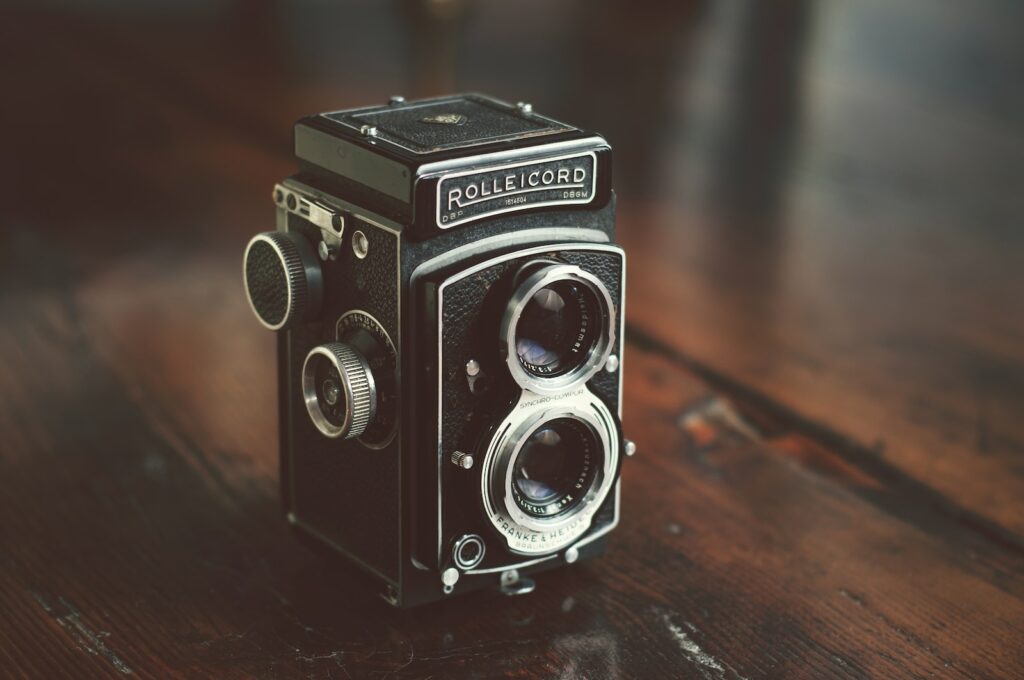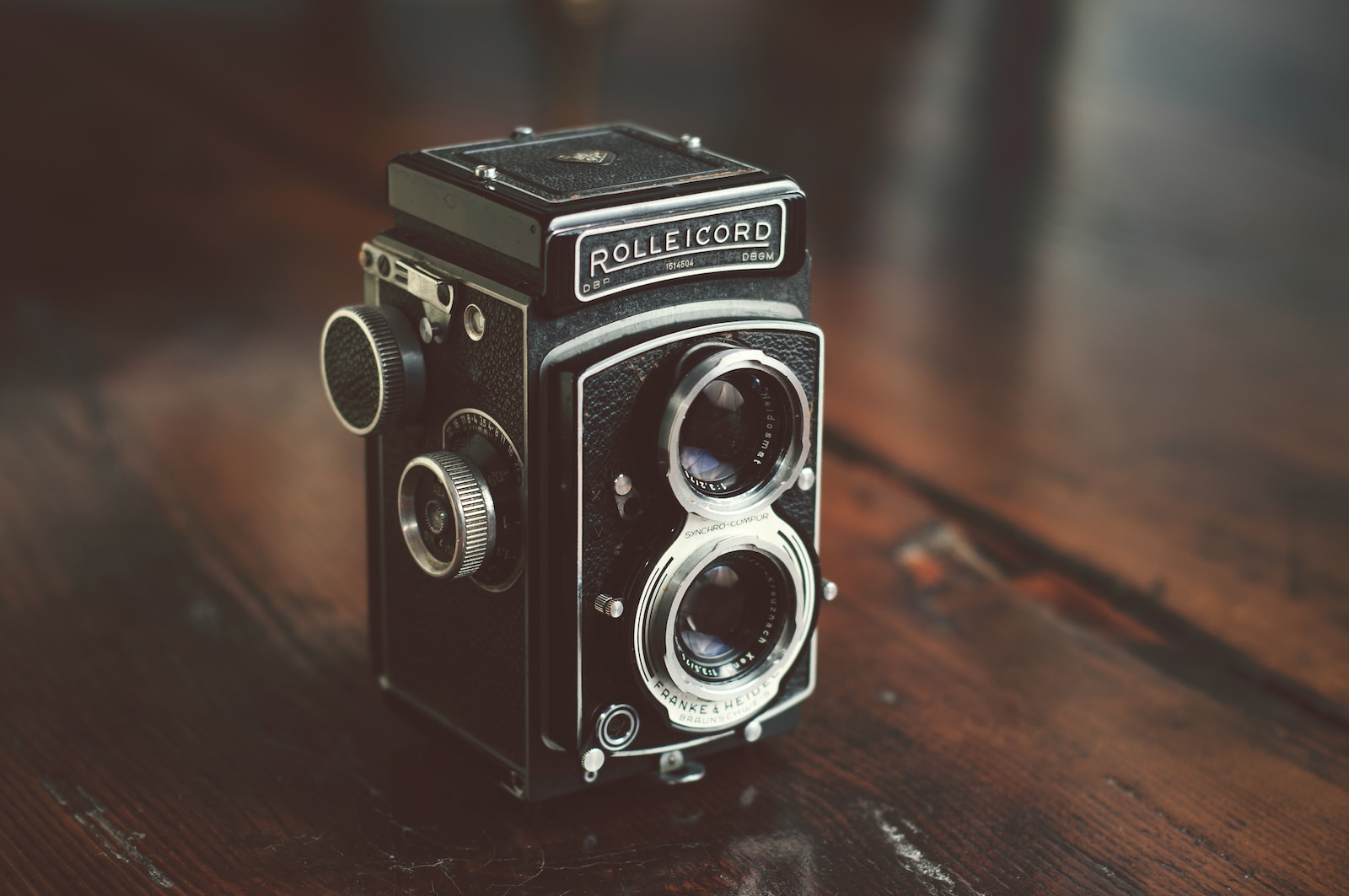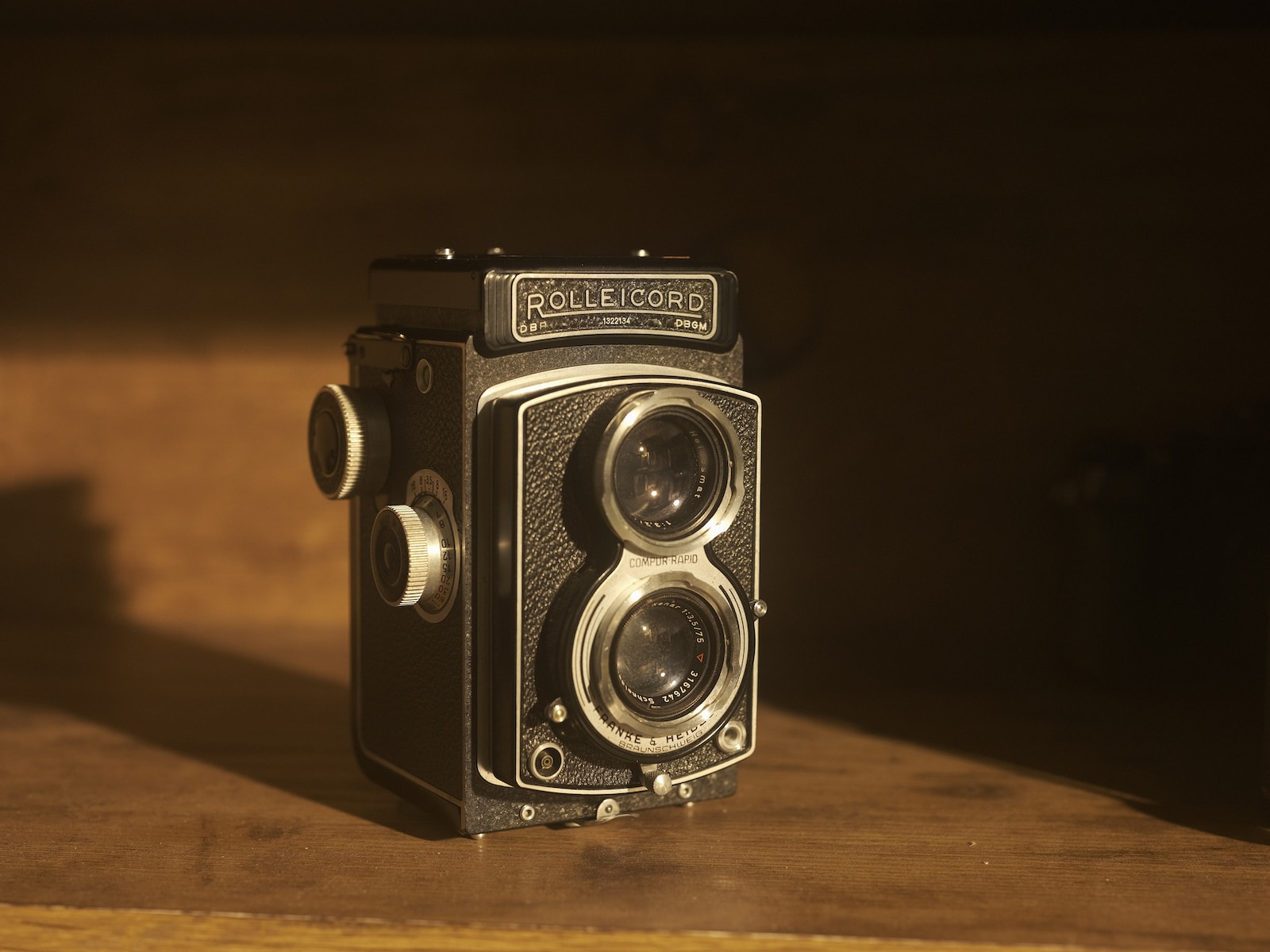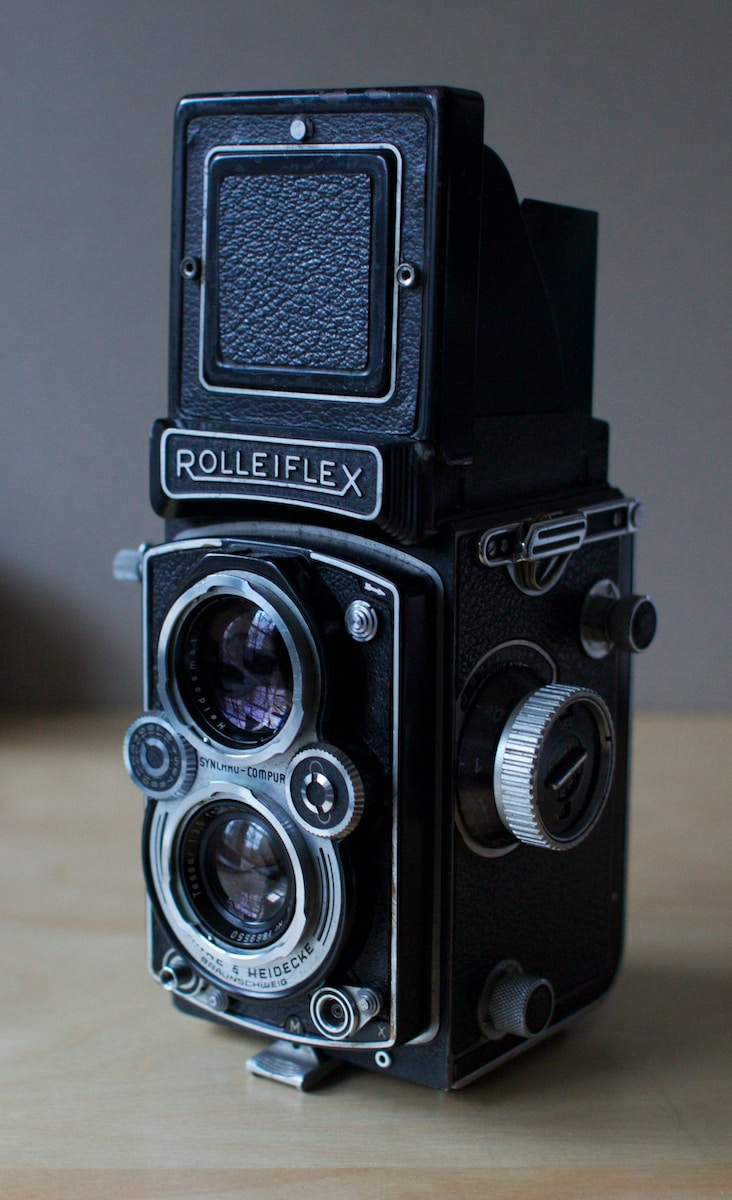Welcome to our comprehensive guide on choosing the right twin lens reflex film camera for your photography needs. Whether you are a seasoned photographer or just starting out, selecting the perfect camera can be a daunting task. But fear not! In this blog, we will provide you with all the information you need to make an informed decision. From understanding the basics of twin lens reflex cameras to exploring various models and their features, we’ve got you covered. So let’s dive in and find the perfect camera to capture those timeless moments!
Table of Contents
- Understanding Twin Lens Reflex Cameras
- Choosing the Right TLR Camera for You
- Choosing the Right Twin Lens Reflex Film Camera
- Frequently Asked Questions
- 1. What is a twin lens reflex camera?
- 2. Why choose a twin lens reflex film camera?
- 3. What factors should I consider when choosing a twin lens reflex film camera?
- 4. Can I use a twin lens reflex camera for digital photography?
- 5. Are twin lens reflex cameras suitable for beginners?
- 6. Where can I find twin lens reflex film cameras?
- 7. How do I maintain a twin lens reflex camera?
- Wrap Up
Understanding Twin Lens Reflex Cameras
What is a Twin Lens Reflex Camera?
A twin lens reflex (TLR) camera is a vintage film camera that revolutionized photography. Unlike a single-lens reflex camera, which uses a single lens for both viewing and capturing the image, a TLR camera has two lenses. One lens is used for focusing and composing the image, while the other lens captures the actual photograph. This unique design provides photographers with a distinct shooting experience and produces stunningly sharp images.
Advantages of Using a TLR Camera
Using a TLR camera has numerous advantages, making it a popular choice among photography enthusiasts. The primary advantages include:
- High-Quality Optics: TLR cameras are known for their superior image quality, thanks to their exceptional lenses.
- Medium Format Film: TLR cameras typically use medium format film, which allows for larger negatives and better image detail.
- Manual Controls: TLR cameras offer full manual control, allowing photographers to have complete creative freedom over their settings.
- Unique Viewing Experience: Composing images using the waist-level viewfinder of a TLR camera offers a distinctive and immersive experience.
Choosing the Right TLR Camera for You
Before diving into the world of TLR cameras, it is crucial to understand your specific photography needs. Ask yourself the following questions:
- What type of photography do you enjoy? (e.g., portrait, landscape, street)
- What is your experience level? (beginner, intermediate, advanced)
- What is your budget?
- Do you prioritize portability or image quality?
Did you know that the iconic Rolleiflex TLR camera was often used by famous photographers such as Diane Arbus and Vivian Maier? Its legendary build quality and exceptional optics continue to inspire photographers today.
By thoroughly exploring the world of twin lens reflex cameras and considering your specific needs, you can confidently choose the perfect camera to elevate your photography. Remember to prioritize image quality, lens options, ergonomics, accessories, compatibility, and your budget. Happy shooting with your new TLR camera!
Choosing the Right Twin Lens Reflex Film Camera
Are you an avid photographer looking to capture stunning images with a classic touch? Look no further than a twin lens reflex film camera. These nostalgic pieces of equipment not only take you back in time but also deliver exceptional image quality. However, with numerous options available in the market, choosing the right twin lens reflex film camera may seem like a daunting task. But fret not! This comprehensive guide is here to help you make an informed decision.
1. Determine Your Photography Needs
The first step in choosing the right twin lens reflex film camera is to understand your specific photography needs. Different photographers have different requirements, and a camera that works for someone else may not necessarily work for you. Consider the type of photography you enjoy – whether it’s landscapes, portraits, street photography, or something else entirely. This will help you narrow down your choices and select a camera that is best suited for your preferred genre.
2. Consider Your Budget
An essential factor to consider when choosing a twin lens reflex film camera is your budget. These cameras come in a wide price range, from budget-friendly options to high-end models. Set a realistic budget based on your financial situation and evaluate the available options within that range. Remember, a higher price tag doesn’t always guarantee better image quality or features. Assess the features that matter most to you and make a decision accordingly.
3. Research and Compare Options
Once you have identified your photography needs and set a budget, it’s time to dig into some research. Explore different twin lens reflex film camera models available in the market. Read reviews, watch YouTube videos, and browse photography forums to gather information about the cameras you are interested in. Make a list of pros and cons for each camera and compare them against each other to find the one that suits your requirements best.
4. Test Before You Buy
Before finalizing your decision, consider testing the shortlisted cameras whenever possible. Visit local camera stores or rental shops that allow you to try out their equipment. Get a feel for the cameras, test their functionality, and see how they handle. This hands-on experience will give you a better understanding of how a particular camera fits your shooting style and preferences.
5. Consider Long-Term Support and Accessories
When investing in a high-quality twin lens reflex film camera, consider the long-term support and availability of accessories for that particular model. It’s important to choose a camera that has a strong community around it, as this will ensure a wealth of resources, such as user groups, online forums, and readily available spare parts. Additionally, check the availability and compatibility of accessories like additional lenses, lens filters, and film rolls, as they play a crucial role in expanding your creative possibilities.
6. Make Your Final Decision
After going through the steps above, you should have a clear idea of the twin lens reflex film camera that suits your needs and preferences. Trust your judgment, and make your final decision confidently. Remember, it’s not just about the technical specifications; it’s about finding a camera that inspires you and feels right in your hands. When you choose the right twin lens reflex film camera, you’ll be well on your way to capturing beautiful and timeless photographs.
In conclusion, choosing the right twin lens reflex film camera requires careful consideration of your photography needs, budget, and research. By following the steps outlined in this guide, you can confidently select a camera that will help you create stunning images and evoke the nostalgia of analog photography.

Frequently Asked Questions
1. What is a twin lens reflex camera?
A twin lens reflex (TLR) camera is a type of film camera that uses two lenses, one for the viewfinder and another for capturing the image on the film. The viewfinder lens provides a real-time image preview, while the second lens takes the actual photograph.
2. Why choose a twin lens reflex film camera?
Twin lens reflex cameras offer several advantages for photographers. They provide a unique shooting experience, allowing for waist-level photography and a different perspective. TLRs also tend to have high-quality lenses, producing sharp and detailed images.
3. What factors should I consider when choosing a twin lens reflex film camera?
When selecting a TLR camera, there are a few key factors to consider:
- Format: Decide on the film format you prefer, such as 35mm or medium format (e.g., 6×6, 6×7).
- Budget: Determine your budget range and explore options within that range.
- Condition: Consider whether you prefer a new or used camera and check the camera’s condition carefully.
- Features: Look for specific features you need, such as interchangeable lenses or a built-in light meter.
4. Can I use a twin lens reflex camera for digital photography?
No, twin lens reflex cameras are designed specifically for film photography. However, you can digitize your film shots by scanning the negatives or using a film-to-digital conversion service.
5. Are twin lens reflex cameras suitable for beginners?
Twin lens reflex cameras can be a great choice for beginners who are interested in film photography. They provide a tactile shooting experience and help develop a better understanding of manual settings and composition.
6. Where can I find twin lens reflex film cameras?
You can find TLR cameras in various places:
- Online Marketplaces: Websites like eBay or Etsy often have a wide selection of TLR cameras.
- Camera Stores: Check with local camera stores to see if they have any TLR cameras in stock.
- Photography Forums or Communities: Engage with fellow photographers who might be selling or recommending TLR cameras.
7. How do I maintain a twin lens reflex camera?
To keep your TLR camera in good shape:
- Clean the lenses: Use a soft cloth or lens cleaning solution to remove dust or smudges.
- Store properly: Keep your camera in a dry and dust-free environment when not in use.
- Regular servicing: If needed, have your camera serviced by a professional to ensure optimal performance.
Wrap Up
Choosing the right twin lens reflex film camera can be a daunting task, but armed with the information provided in this guide, you are now well-equipped to make an informed decision.
Remember to evaluate your needs and preferences, consider factors such as budget, features, and availability of accessories, and take the time to research different models before making your final choice.
Whether you’re a professional photographer or an enthusiast looking to explore the world of analog photography, embracing the unique charm of twin lens reflex film cameras can bring a whole new dimension to your photography journey.
We hope this guide has been helpful in steering you in the right direction. Feel free to engage with us and share your thoughts in the comments below. Happy shooting!



